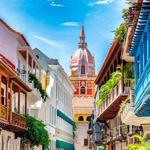Mariana & James
Things To Do
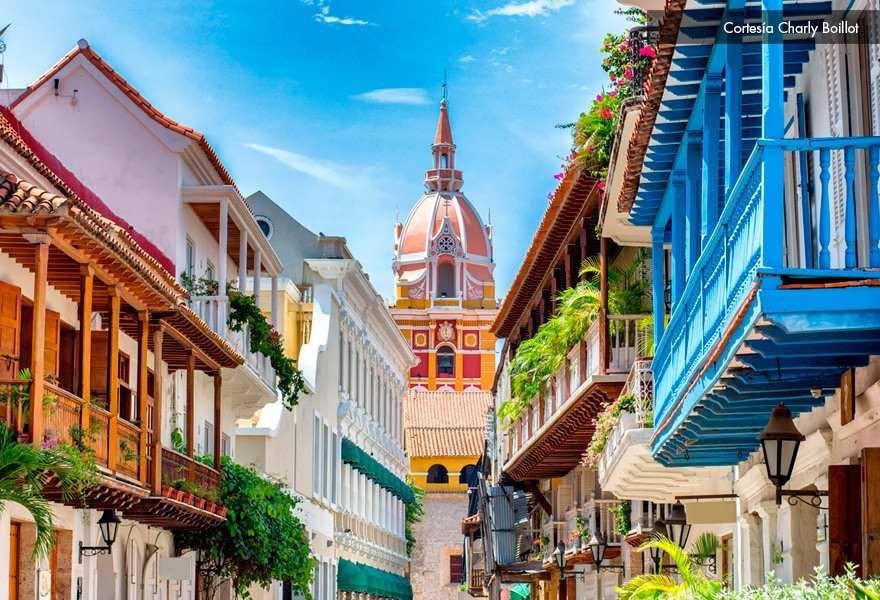
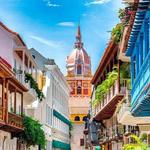
A Brief History Of This Amazing City
Cartagena is a colonial city on Colombia’s Caribbean coast. The historic walled city remains alongside the ultramodern skyscraper-filled Bocagrande. Cartagena is famous for its culture, history, and colorful buildings. The city was founded in 1533, by Spanish Commander Pedro de Heredia. The Spanish poured huge amounts of money into the city’s defenses, including the famed wall. At that time, the port was the largest in the Americas. In 1741 the Queen of England ordered invasions of every Spanish port in the Caribbean. After the invasion, the city fortified further, and rebuilt its defenses to become the most protected port in South America. Cartagena played a significant role in Colombia gaining its independence - in 1811 it was the first city to declare independence from Spain. Today, Cartagena has rapidly expanded and is now home to over 1 million people. Despite all these changes the Walled City remains unchanged, with its colonial architecture and historic buildings preserved.
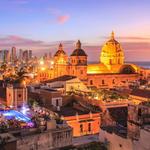
Explore the Old City
You’ll find tons of colorful colonial architecture, flowers, artists, and plenty of street vendors (the best street vendors you will find are around the Cartagena Cathedral — Catedral de Santa Catalina de Alejandría de Cartagena de Indias — on Calle 34.) Be sure to check out the Torre del Reloj, the historically important and monument-filled Plaza Aduana, the vibrant Plaza Santo Domingo with its Botero statue, the leafy green Plaza Bolivar that’s frequently filled with dancers and performers, and Plaza de los Coches where you’re sure to experience an authentic night in Cartagena. While you’re out exploring, make sure to check out The Palace of Inquisition, The Gold Museum, and the Church of Santo Toribo. If you are interested in a walking tour, there are many listed through Trip Advisor or you can ask your hotel to set one up!

Take a Boat to Playa Blanca
Playa Blanca is undoubtedly one of Colombia’s most beautiful beaches. Located on Baru island, it is 45 minutes by boat from Cartagena port, or around a two-hour car journey from the main city. Crystal-clear waters lap the perfectly white sand and visitors have the option to spend a day relaxing on this incredible beach or, should that not be enough, you can also stay over night. Go for the day and make the most of some delicious fresh fish served alongside coconut rice. Or even stay the night and appreciate the beach in complete stillness and silence once all the day trippers leave. Either way, a visit to this beach is a must for anyone spending more than a day in Cartagena.
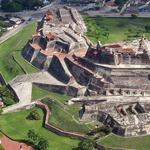
Climb The San Felipe Castle
This is the most famous landmark in Cartagena, and it’s pretty hard to miss. It was built way back in 1657 to protect against pirates looking to make off with the silver and gold that was bound for Europe. Wait until later in the day to head up here and explore the maze-like tunnels and enjoy the views of the city off to the side.

Buy Fruit From The Palenqueras
Take a walk around Cartagena, and one of the first things you’ll notice is the groups of women dressed in vibrant colors balancing bowls of fruits on their heads. Known as the palenqueras, these fruit vendors are very much a fixture of the city and an important part of its history. They originally came from San Bassilo de Palenque, which is a small town just south of Cartagena. This little village was actually one of the first places in the Americas to be freed from slavery.
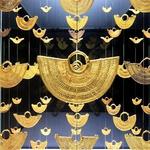
Museo del Oro Zenú
Almost every large Colombia city has a gold museum, and Cartagena is no exception. Although it is small, the Museo de Oro hosts a fantastic collection of the gold and pottery of the Zenú (also known as Sinú) people, who inhabited the departments of Bolívar, Córdoba, Sucre and northern Antioquia before the Spanish Conquest. Look out for special exhibitions and the guided tours, offered in both English and Spanish.
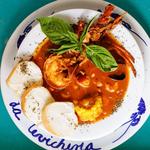
La Cevichería
Regarded as one of the best ceviche and fish restaurants in the whole city, head to La Cevichería for a break from all the Fritos (fried food) you’ve been eating and experience some incredible Peruvian-Colombian fusion food. Expect fresh fish, exciting flavors, lots of lime and some seriously good cocktails. The place is eternally busy and you’ll have to wait for a table.
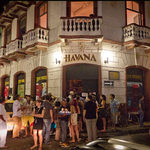
Dance salsa at one of the city's best bars
Café Havana is the place to be if you like listening or dancing to salsa music. Even if you’ve never danced it in your life, it’s still worth heading to the city’s cultural and party center, Getsemani, to try out this Cuban-style bar. Café Havana draws a mixed crowd of locals and ex-pats and welcomes talented live salsa bands who keep the crowd entertained until the early hours. Even if you’ve two left feet, head on down for some perfectly mixed cocktails, enjoy the music and watch others take to the dance floor.
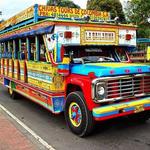
Party on a Chiva
We are planning to do this as a group on Thursday! A night spent on a chiva (party bus) is a very Colombian activity—expect live musicians playing Vallenato, an open bar with local liquor and a lot of dancing. While the party starts on the bus, you’ll then be dropped off at various bars around the city, ending in a larger club where your Chiva will leave you to dance the night away. Most of the hostels in the city arrange Chiva tours, and for those traveling alone this is a great way to meet new people. Just make sure you’re ready to have fun!
